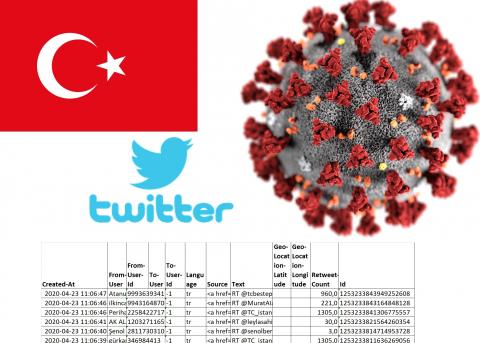Datasets
Open Access
CHARACTERIZATION AND QUANTIFICATION OF TELEVISION WHITE SPACE DATASET
- Citation Author(s):
- Submitted by:
- Michael Etta
- Last updated:
- Fri, 08/28/2020 - 12:54
- DOI:
- 10.21227/x4d9-yg08
- Data Format:
- License:
 451 Views
451 Views- Categories:
- Keywords:
Abstract
A practical alternative to the solution of the spectrum scarcity problem in wireless communication is the use of Cognitive Radio. The Primary users of which can be protected from secondary user interference by accurate prediction of TV White Spaces (TVWS) by using appropriate propagation modelling. In implementing any mobile communication system, the essential chore is to envisage the coverage of the projected system in a wide range. Also, the accurate determination of the propagation path loss leads to the development of efficient design and operation of quality networks. Many such dissimilar approaches have been developed, over time, to predict network coverage using what we know as propagation models. This data article presents a measurement-based path loss model, from experimental data collected in Calabar urban, South-South Nigeria. Received Signal Strength (RSS) measurements were gotten in Calabar from Cross River Broadcasting Corporation (CRBC) operating at 519.25MHz (Nigeria). Variations in path loss between the measured and the predicted values from theOkumura-Hata model were calculated by finding the mean square errors (MSE). A comprehensive quantitative estimation of TVWS is done. The data is analysed and presented in tables, graphs, and figures
Hardware tools used for drive test include:
1.Spectrum Analyzer (RF Explorer 3G combo model)
2.Personal Computer (HP Laptop)
3.Global Positioning System (GPS) receiver set
4.Mini-USB Cable
5.Compass
6.Power Inverter
7.vehicle for mobility purposes.
The software tool used was the Touchstone-Pro software.
Dataset Files
Raw files for Characterization of Calabar and quantification of Calabar and Okpoma calabar log files.zip (83.58 MB)
RSSI data for Calabar RSSI January, February and March 2020.xlsx (13.84 kB)
TVWS Quantification data for Calabar Calabar 5.020830N, 8.340336E.xlsx (81.29 kB)
TVWS Quantification data for Okpoma Okpoma 6.675125N, 8.602913E.xlsx (55.72 kB)
MATLAB Code for average measured RSSI values for Calabar Avg_measued_path_loss_Calabar.m (554 bytes)
MATLAB Code to compare various propagation models for Calabar Comparison_of_models.m (827 bytes)
MATLAB Code to verify the modified-Hata model for Calabar Modified_Hata_model.m (992 bytes)
Open Access dataset files are accessible to all logged in users. Don't have a login? Create a free IEEE account. IEEE Membership is not required.
Documentation
| Attachment | Size |
|---|---|
| 921 bytes |






